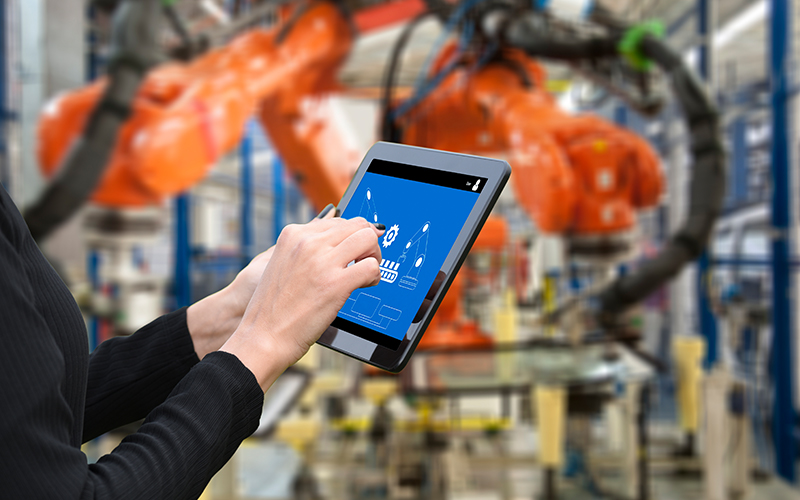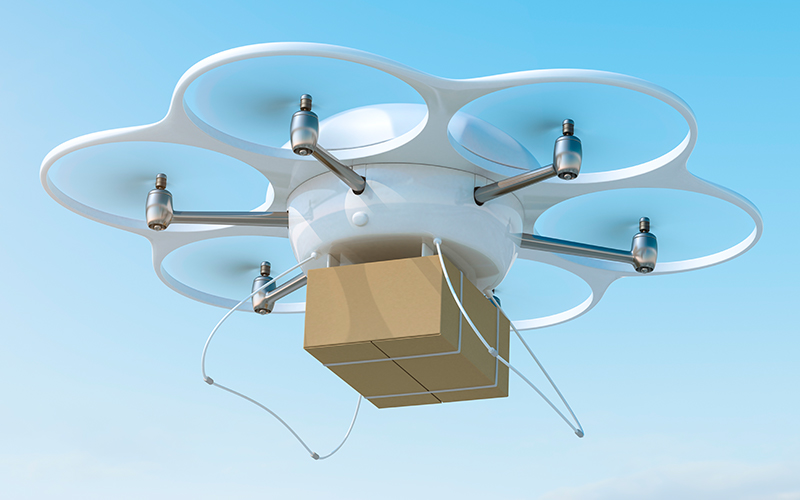Robotic Process Automation
7 Reasons RPA and BPM are a Perfect Amalgamation for Digital Transformation
Ambitious businesses looking to create seamless processes - efficient, dynamic and streamlined – know that digital transformation is not just a ‘want’ anymore, but a 'need’.
Digital transformation refers to upgrading the systems, infrastructure, processes, roles, and knowledge base of an organization, to change it into a responsive, completely networked entity. And at the heart of it lies Business Process Management (BPM). Business process automation is a holistic digitization approach that enables end-to-end transformation of core methodologies. It is a re-imagining and re-engineering of business practices leveraging a powerful suite of digital tools. And it works.
However, BPM isn't the endgame when it comes to digital transformation. While BPM undoubtedly optimizes core business process to become faster, smoother, and more efficient, they still rely on legacy systems that carry out important functions such as data entry, onboarding, record maintenance, aggregating reports, order processing, CRM updates, and more, based on the industry that the organization in question occupies. This is where Robotic Process Automation (RPA) comes in.
RPA refers to automating specific workflows. It takes mundane and repetitive tasks that typically consume excessive man-hours, and digitizes them. Using specific data-harnessing, data manipulation, and technology solutions, RPA executes task level processes without the need for constant human input.
Though RPA may appear to work on similar lines as BPM, the two function on very different levels. While BPM is an all-encompassing, macro-level operation that transforms business practices from top to bottom, RPA is more task-based. It takes specific pattern-oriented undertakings and uses the means of digital technologies to optimize them. And this optimization can yield a host of benefits to organizations that have already put an effective BPM system in place.
Benefits of synergizing BPM with RPA
Accelerates the BPM machine:
The most obvious benefit of integrating an RPA framework is that it speeds up tasks that are typically time-consuming. This can help clear up congested pipelines that in turn can make BPM mechanisms run more smoothly and effectively. An RPA platform can be put to work in specific sections of the BPM infrastructure to essentially grease the wheels and speed up the cycle.Allows workforce restructuring:
Deploying bots to replace humans who are working on mundane and repeatable tasks has an extremely positive effect on the workforce that no longer has to execute these tasks. Freeing them up from these banal assignments comes with a host of benefits. It is good for their morale, improves workforce motivation, and most importantly, it allows you to deploy those human resources on a variety of different tasks - tasks that require ingenuity, lateral thinking, and imagination. Put simply, RPA allows you to run a leaner and more efficient workforce.Integrates seamlessly:
If you already have a BPM in place, the inclusion of tech-driven systems will not disrupt it at all. Since RPA is a micro-level, task-driven process, it does not hamper the overarching BPM ecosystem. There is no overlap of RPA and BPM systems, since RPA is an agent-level tool and BPM improves processes at the supervisor level. In fact, RPA can slot right in over and above your pre-existing BPM architecture and offer up an additional boost to efficiency levels.Immediate results:
While a BPM integration is a long-term, constantly evolving endeavor that requires a gestation period before it can yield results, RPA is a lot more immediate. As soon as the process has been created, deployed, and fine-tuned, the results are instantly noticeable. And which large-scale organization wouldn't want to take advantage of a fresh process that offers quantifiable increments in productivity right from the get-go?Versatile application potential:
Bots or other interactive tech can be used to execute simple tasks across various verticals. Whether they are administrative tasks, accounting processes, customer-facing systems, response management, onboarding activities or any other similar process. The wider you cast your net and the more RPA systems you develop, the further you can expand the potential of BPM activities since they are wholesale processes deployed across the board, to begin with.Eliminates bottlenecks caused by swivel chair activities:
Swivel chair activities requiring data entries in multiple systems are often a side-effect of putting BPM infrastructures in place. These swivel chair activities can create clogs in the otherwise smooth running of a BPM framework. Since multiple data entries are the very definition of a repeatable and time-consuming task, they are perfect for RPA. Creating an RPA for swivel chair activities can help smooth any of the creases that may emerge with the deployment of a BPM system.Optimizes APIs:
Application program interfaces (APIs) are necessary tools that help with the smooth running of BPM systems, but repeatedly initiating them for low-level tasks can prove to be time-consuming. Deploying an RPA activity to engage APIs that are used repeatedly can help further enhance the effectiveness of a BPM system.
While both RPA and BPM systems offer similar benefits and share matching goals, they are in fact very different in terms of the areas they operate in. Using a strategic deployment of RPA systems can certainly aid the effectiveness of the pre-existing BPM infrastructure – making it a combination that enhances the digital transformation effort and helps propel your corporation forward. In today’s world, where efficiency is paramount and the margins are diminishing, the combined might of RPA and BPM can provide a much-needed edge over the competition.






